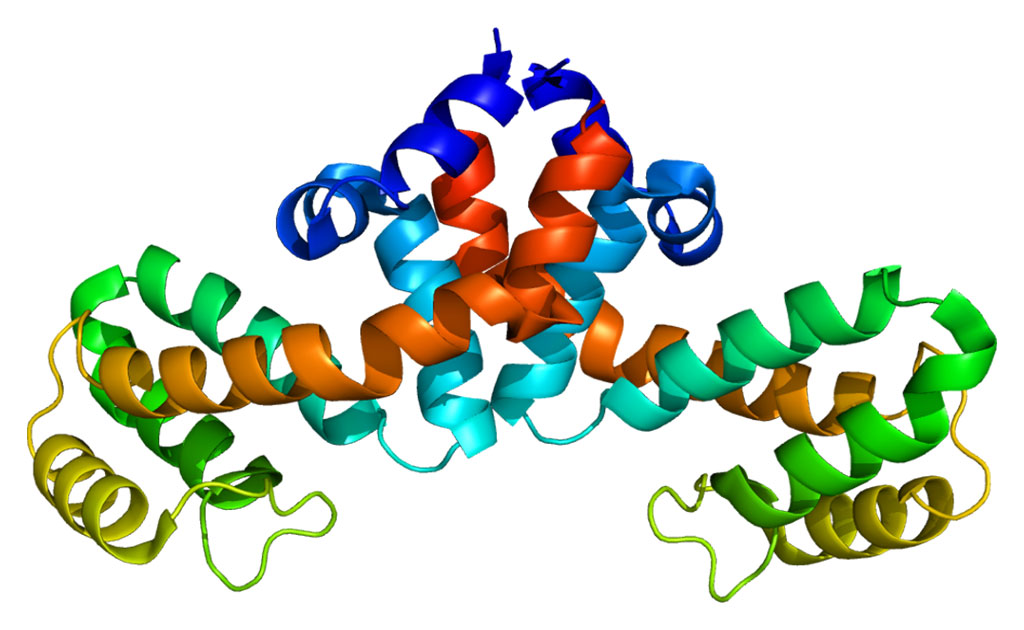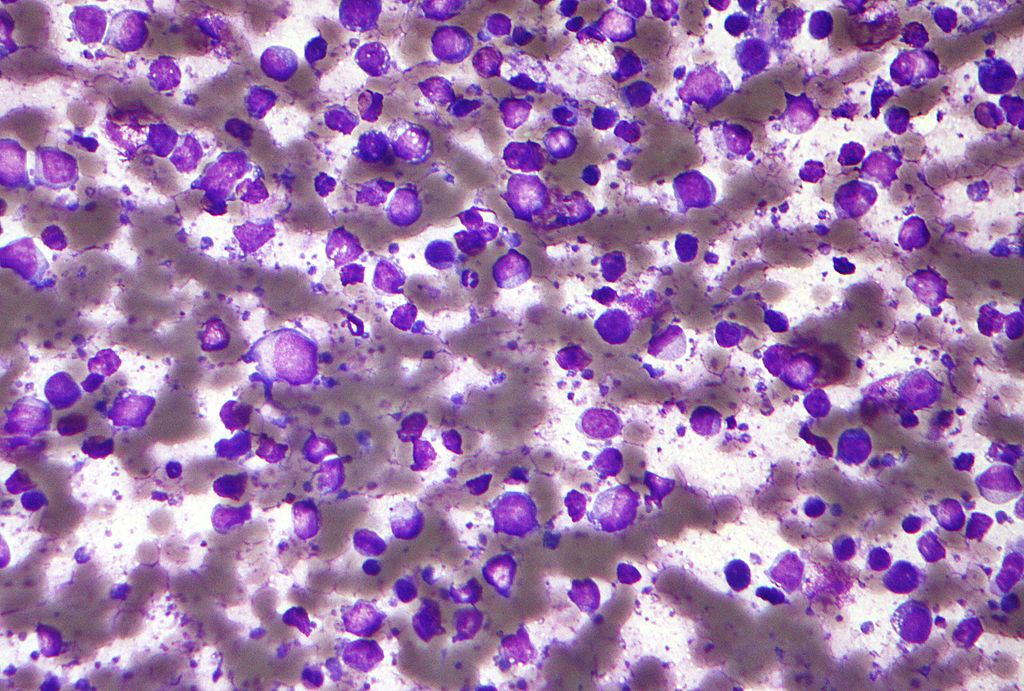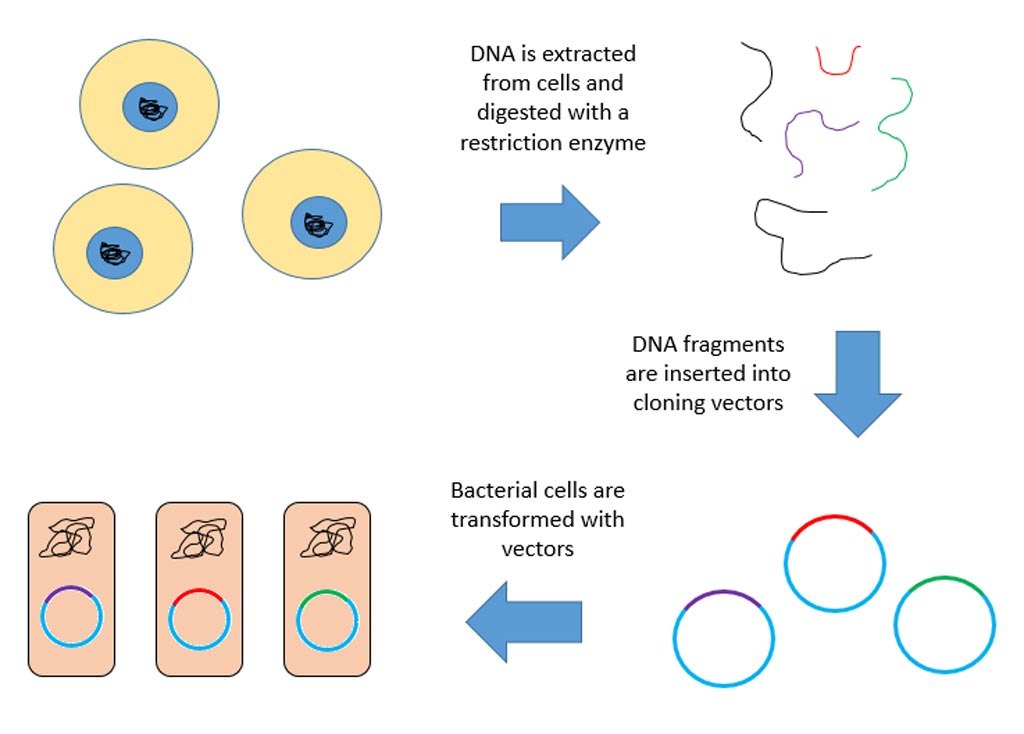Protein in Brain Cell Cytoplasm Protects against Necrosis
By LabMedica International staff writers
Posted on 16 Nov 2011
High levels of the protein Nmnat 1 (nicotinamide mononucleotide adenylyl transferase 1) in the cytoplasm of brain cells protect these cells from damage caused by reduced blood flow and oxygen deprivation, conditions that can cause cerebral palsy in newborns.Posted on 16 Nov 2011
Investigators at Washington University School of Medicine (St. Louis, MO, USA) created a line of genetically engineered mice that overexpressed the gene for Nmnat 1 and exposed these animals to conditions that mimicked human infantile cerebral palsy.
They reported in the November 4, 2011, online edition of the journal Proceedings of the [U.S.] National Academy of Sciences that as early as six hours after experiencing oxygen deprivation the genetically engineered mice had strikingly less injury detected by MRI as compared to similarly treated normal control animals. Furthermore, the genetically engineered mice had markedly less injury in their hippocampus, cortex, and striatum than wild-type mice as assessed by loss of tissue volume seven days after injury.
“There are two types of injury in the developing brain from inadequate oxygen and blood flow,” said senior author Dr. David M. Holtzman professor of neurology at Washington University School of Medicine. “One is necrosis, where cells swell rapidly, burst, and die; another is apoptosis, where the cells shrink and die. We found that Nmnat1 prevents necrosis.”
“Under normal circumstances, the brain can handle a temporary disruption of either oxygen or blood flow during birth, but when they occur together and for long enough, long-term disability and death can result,” said Dr. Holtzman. “If we can use drugs to trigger the same protective pathway as Nmnat1, it may be possible to prevent brain damage that occurs from these conditions as well as from neurodegenerative diseases.”
Related Links:
Washington University School of Medicine













